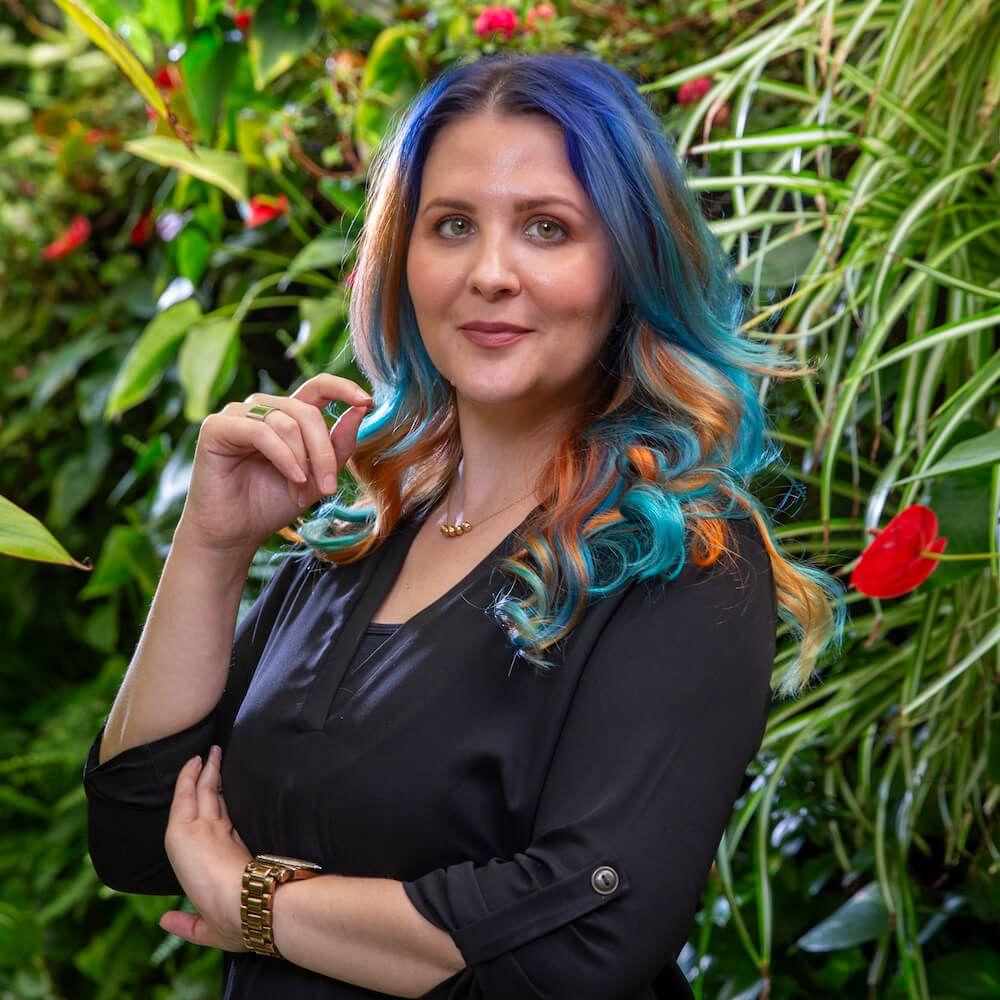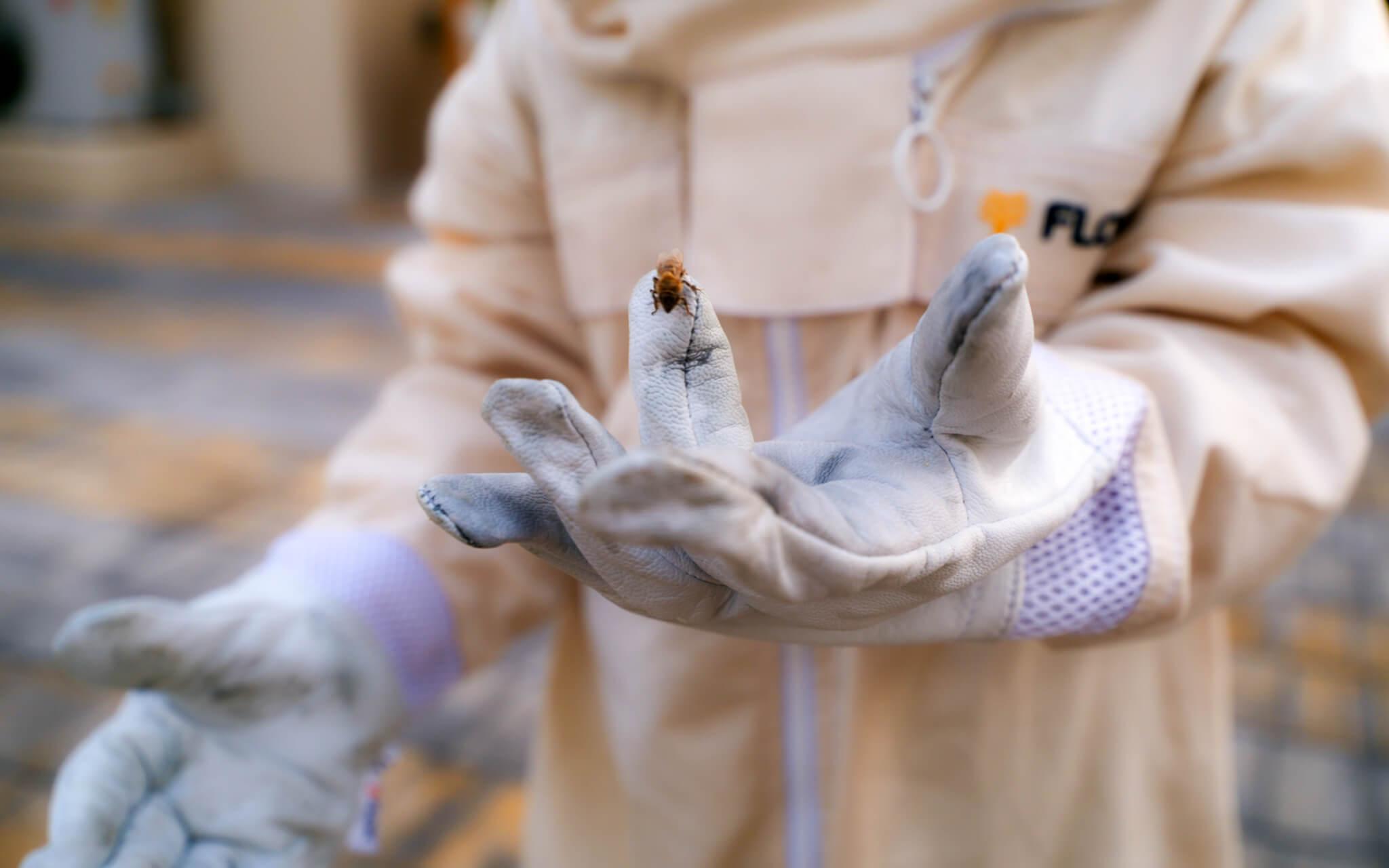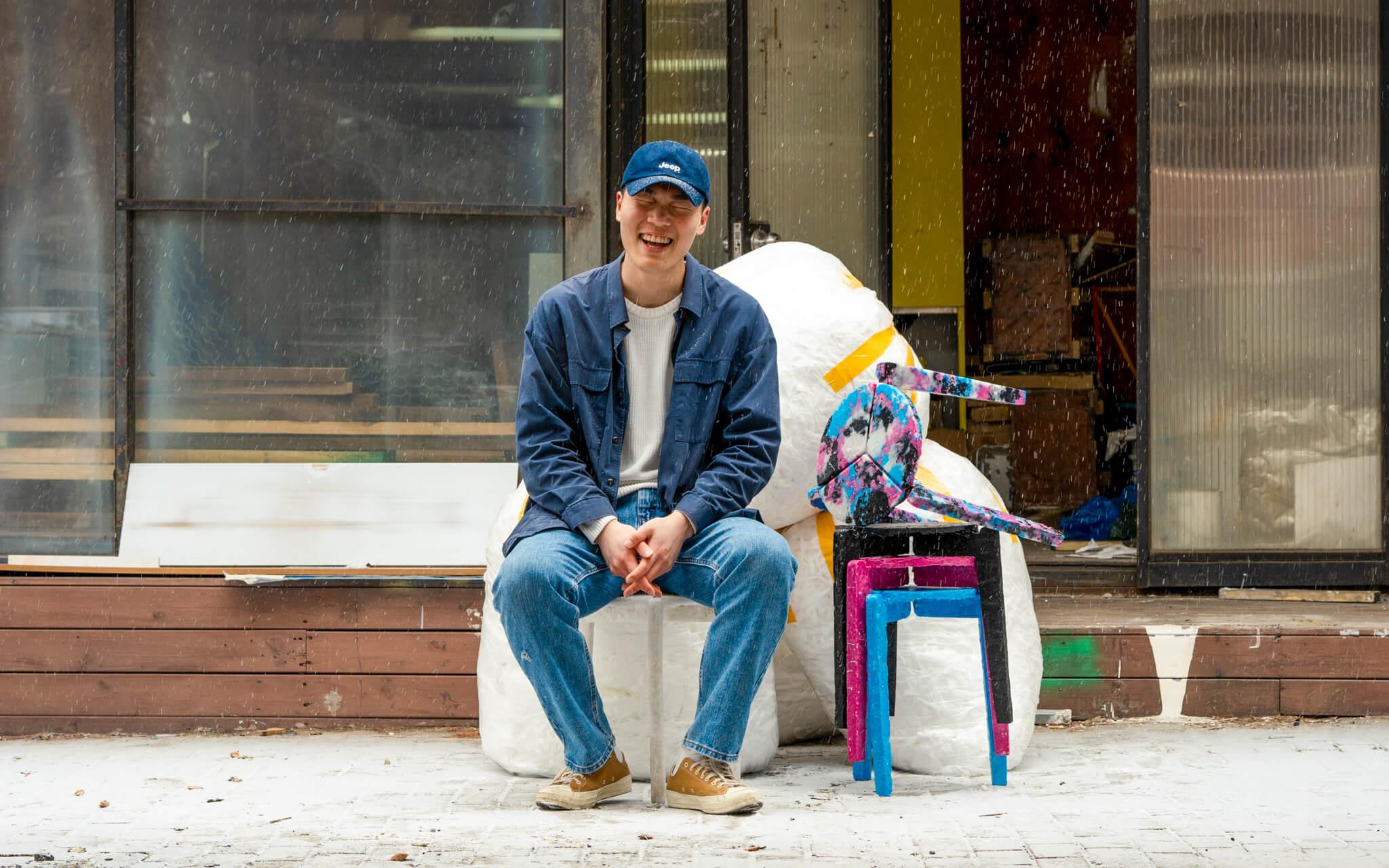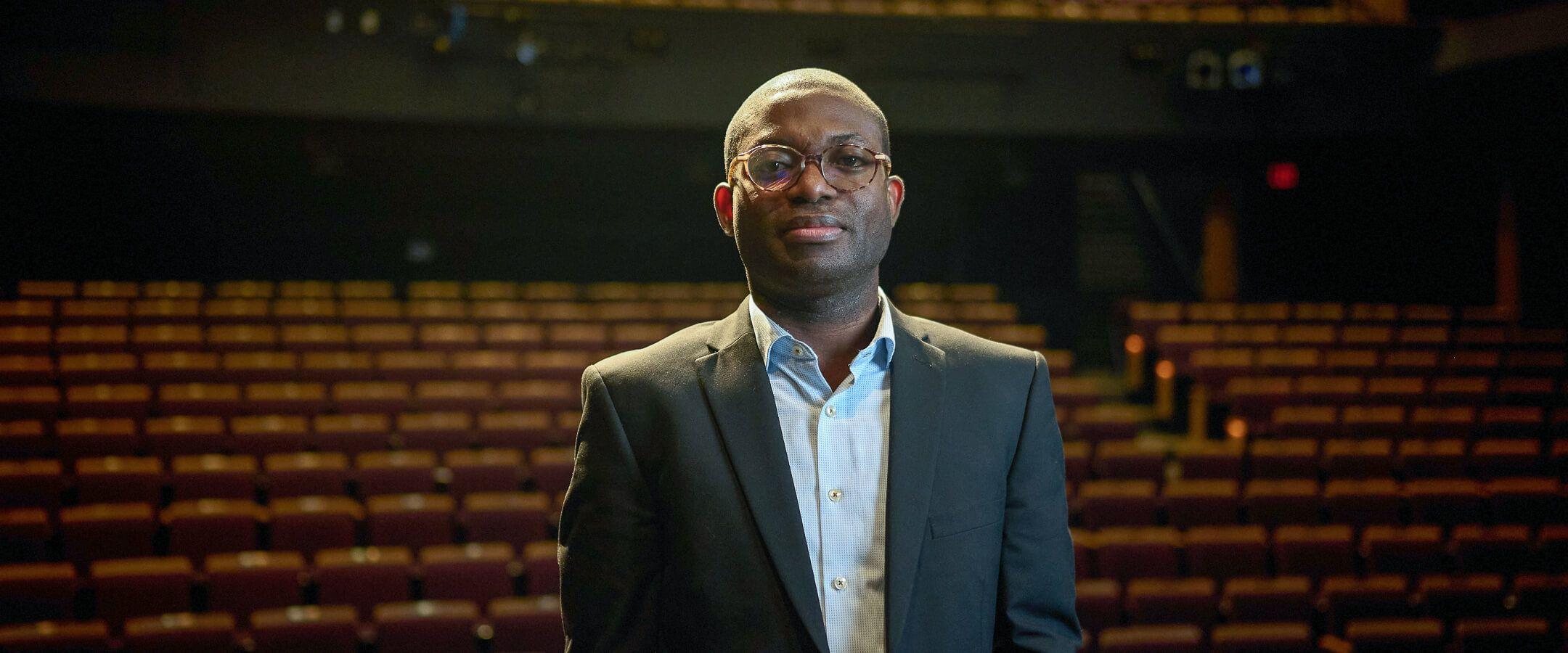Zeroplastic's Community Action
In 2022, Sri Lanka was the world’s largest importer of plastic. Nishshanka De Silva, the founder of the Zeroplastic Movement, is on a mission to change Sri Lanka’s plastic dependency and reinvigorate the local, sustainable economy.
In 2019, Sri Lanka’s plastic pollution had taken over its picturesque beaches. In a country of 21 million people, 20 million plastic bags are dispensed every day, and most end up in the waterways–the domed plastic bags clogging creekbeds and riverways, tangling in the blue surf like a dizzy jellyfish.
Nishshanka De Silva, however, believes that there is a solution, “To make change happen, we need a movement,” he says. Throughout our interview, he continually circles back to this point.
Change is everyone’s responsibility.
In a country renowned as a popular tourist destination, the introduction of plastic has not only polluted the stunning beaches and wildlife reserves of Sri Lanka but has also decimated its traditional sustainable economy. Where once, entire villages crafted products made of locally-sourced materials, such as clay coin boxes or handmade bamboo brooms, today, factories push out thousands of plastic toys daily.
“What happened to those villages,” De Silva wonders. The ones whose economy relied on the sustainable, quality products they once made?
Sri Lanka might be a small country in size, but this island is the world’s largest importer of plastic, totalling over 500 metric tonnes in 2022. “Within one day, 10 million PET bottles are used, and only 10% are recycled,” De Silva tells me, reciting facts and statistics with passionate fluency. He pauses, worried, and asks, “Am I talking too fast?” I shake my head–his enthusiasm is infectious.
But De Silva knew he couldn’t solve the problem alone. Instead, it would take the combined efforts of entire communities, districts, schools, and universities, all working together to change the behaviour of a country now reliant on plastic products.
And thus, the Zeroplastic Movement was born. The Zeroplastic Movement operates on a club system, an effective grassroots mobilisation, and today, over 9,000 Sri Lankan volunteers educate communities, host hackathons, environmental walks, and stage beach clean-ups. Registered at every single university in the country, public and private, the Zeroplastic Movement’s clubs now make up the largest environmental organisation in the country, with more countries joining. Currently, China and India both host Zeroplastic Movement clubs at local universities.
While the solution to Sri Lanka’s plastic problem is multi-faceted, the centre of the Zeroplastic Movement is education and awareness, attempting to change people’s behaviour toward plastic and encourage plastic alternatives.
If I work, I have only 8 hours a day. But if the volunteers work two hours a day, now we have 18,000 hours a day
In an effort to reach Sri Lanka’s population, the Zeroplastic Movement has hosted hundreds of outreach programs. Over 31,000 people have participated in microplastic awareness, school competitions, and green skills workshops. De Silva shares dozens of photos, excitedly scrolling through pictures of volunteers holding “Say No to Plastic!” signs and grasping bin bags overflowing with sandy water bottles. During the Zeroplastic Movement’s last environmental walk (Sri Lanka’s largest ever), 4,000 people marched through the country’s streets, collecting 5,000 kilograms of plastic waste from the roadside.
These numbers reveal the incredible impact of the Zeroplastic Movement; Since its inception in 2019, 20.7 metric tons of plastic have been collected for recycling.
And Sri Lanka’s school children have been a crucial part of this immense effort. Recently, the Zeroplastic Movement launched a Plastic Recycling Bank, implementing a waste-to-cash concept for schoolchildren, empowering students to bring their waste from home, weigh it at school, and fill out a point card. When their cards are full, each child is given $4–the equivalent of a half day’s wages for their parents. Often, this money is then spent on school supplies and textbooks.
But the Zeroplastic Movement’s goals reach beyond creating recycling systems, as the organization attempts to swing Sri Lanka away from its overconsumption of plastic. A technical engineer by trade, De Silva, recognizes that a crucial aspect of reducing Sri Lanka’s reliance on plastic is by promoting locally-produced plastic-free alternatives–a solution that also returns economic power to the citizens.
This is why De Silva has also set up a web-based shop for plastic-free products and alternatives. In fact, one of the main objectives of the Zeroplastic Movement is to uplift sustainable industries, creating a marketplace for local entrepreneurs to sell their products. At no cost to the entrepreneurs, the Zeroplastic Movement lists locally-produced products on their website while also offering workshops and skills training in marketing, distribution, and sustainable packaging.
While these objectives seem overwhelming at times, De Silva assures me it isn’t; the reason? Teamwork. “If I work, I have only 8 hours a day. But if the volunteers work two hours a day, now we have 18,000 hours a day,” he says.
“We have to work together to solve this problem.”
Most Popular
The Climate Tribe delivers stories about Biodiversity and Conservation, Circular Economy, Food and Water , and how they intersect with climate.
Subscribe
Get the latest stories inspiring climate action around the globe straight to your inbox.






